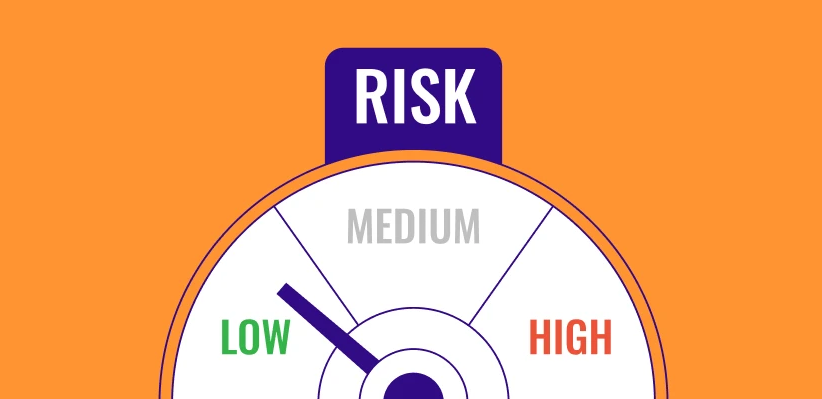In the highly volatile world of cryptocurrency trading, proper risk management is not just important – it’s essential for survival. At Coin Trade Academy, we emphasize that successful trading is more about preserving capital than making aggressive gains.
Position sizing is the cornerstone of effective risk management. We teach our students to never risk more than 1-2% of their total trading capital on any single trade. This approach ensures that a string of losses won’t significantly impact their overall portfolio. In cryptocurrency markets, where 10-20% daily moves are common, proper position sizing becomes even more critical.
Stop-loss placement requires special consideration in crypto markets due to their high volatility. We advocate for using volatility-based stop losses rather than fixed percentage stops. Tools like the Average True Range (ATR) can help determine appropriate stop-loss levels that account for market conditions. This approach helps prevent premature stop-outs while still protecting capital.
Portfolio diversification in cryptocurrency trading goes beyond simply holding different coins. We teach students to consider correlations between different cryptocurrencies and how to balance their exposure across various market sectors (DeFi, Layer 1 protocols, etc.). Understanding these relationships helps create more resilient portfolios.
Risk-to-reward ratios take on special significance in crypto trading. While traditional markets might aim for 1:2 or 1:3 ratios, the high volatility in crypto markets can allow for more favorable ratios. However, we emphasize the importance of realistic target setting based on technical analysis and market conditions.
The concept of maximum drawdown is crucial for long-term survival. We teach our students to monitor their maximum drawdown levels and adjust their trading size accordingly. This includes understanding when to reduce position sizes or take a break from trading during difficult periods.
Risk management also includes protecting against technical risks. We cover essential security practices, including proper exchange selection, secure wallet management, and the importance of two-factor authentication. Understanding and mitigating these technical risks is as important as managing market risk.
Regular portfolio rebalancing is another key aspect of risk management. We teach students how to develop and stick to a rebalancing schedule, ensuring their portfolio maintains their desired risk profile despite market movements.

